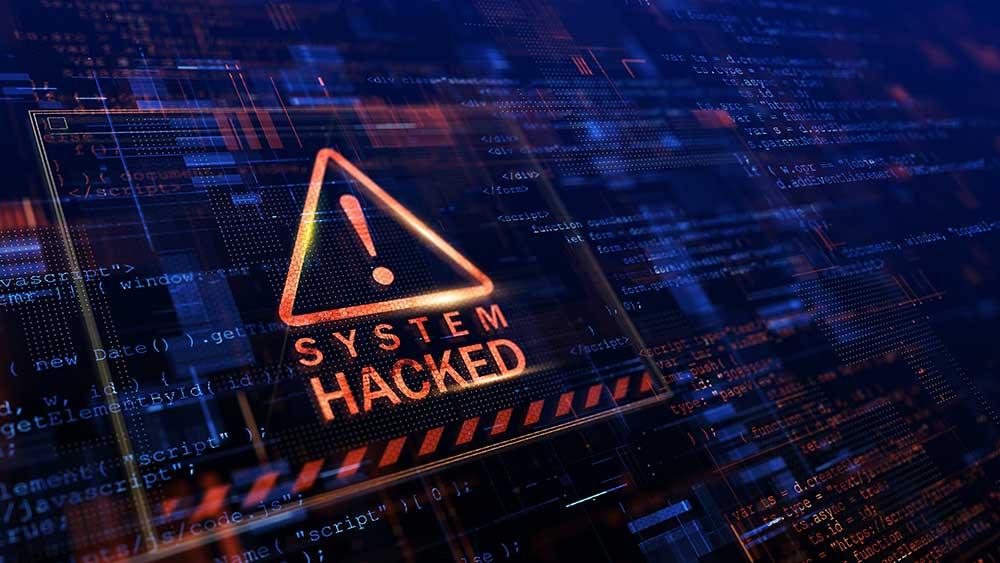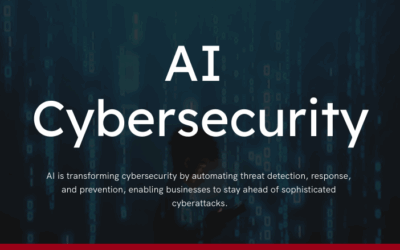In cybersecurity, the relentless innovation of threat vectors necessitates perpetual vigilance and adaptation. Ransomware, a long-standing threat, is undergoing a sinister transformation with the emergence of Ransomware-as-a-Service (RaaS). This nefarious business model enables even those without extensive technical knowledge to launch debilitating ransomware attacks, as it provides them with the necessary tools and services through the dark web. This article delves into RaaS, its meteoric rise, and its profound implications for cybersecurity.
The RaaS Model
RaaS operates on a business model akin to Software-as-a-Service (SaaS). Instead of purchasing software, users subscribe to ransomware services provided by more experienced hackers. These services often include customizable ransomware tools, payment portals, customer support, and updates. The providers usually get a cut of the ransom collected by their service users. This ease of access has led to an explosion in ransomware attacks worldwide.
Impact on Organizations
Ransomware attacks encrypt an organization’s data, rendering it inaccessible until a ransom is paid to the attackers. The democratization of ransomware through RaaS has increased both the scale and frequency of attacks. Small and medium enterprises (SMEs), hospitals, schools, and government agencies have fallen victim to these attacks. The consequences include financial losses, operational downtime, reputational damage, and in healthcare, potentially life-threatening disruptions.
IT Professionals’ Challenge
For IT professionals, the RaaS trend poses daunting challenges. The sheer volume of attacks and their evolving nature makes it difficult to prevent and respond effectively. Moreover, the availability of ransomware to less-skilled individuals means that attacks can be more unpredictable. IT professionals must, therefore, employ dynamic strategies to protect their organizations.
Mitigation Strategies
- Education and Awareness: Educating the workforce is one of the most effective ways to prevent ransomware attacks. Many ransomware infections are the result of phishing or social engineering attacks. Teaching employees to recognize and avoid these attempts is crucial.
- Regular Backups: Regularly backing up data can minimize the impact of a ransomware attack. Ensure that backups are not connected to the company’s main network, as sophisticated ransomware can also encrypt backup data.
- Patch Management: Keeping all software and systems up to date is vital. Many attacks exploit known vulnerabilities that have patches available. Automated patch management systems can help in staying current.
- Advanced Threat Detection: Employing advanced threat detection solutions that utilize machine learning and behavioral analysis can help identify and mitigate ransomware before it can cause extensive damage.
- Incident Response Plan: Having a well-prepared incident response plan can greatly reduce the damage of an attack. Knowing what steps to take and who to contact can save precious time and resources.
- Cyber Insurance: With the rise of RaaS, organizations should consider investing in cyber insurance as part of their risk management strategy. This can help mitigate financial losses in the event of an attack.
Employ Comprehensive Strategies
Ransomware-as-a-Service represents a new and potent threat in the realm of cybersecurity. The ease of accessibility to ransomware tools has democratized cybercrime, leaving organizations of all sizes vulnerable. IT professionals must remain vigilant and adaptive, employing comprehensive strategies to protect their organizations against this insidious threat. In an era where data is invaluable, ensuring its security is paramount.




